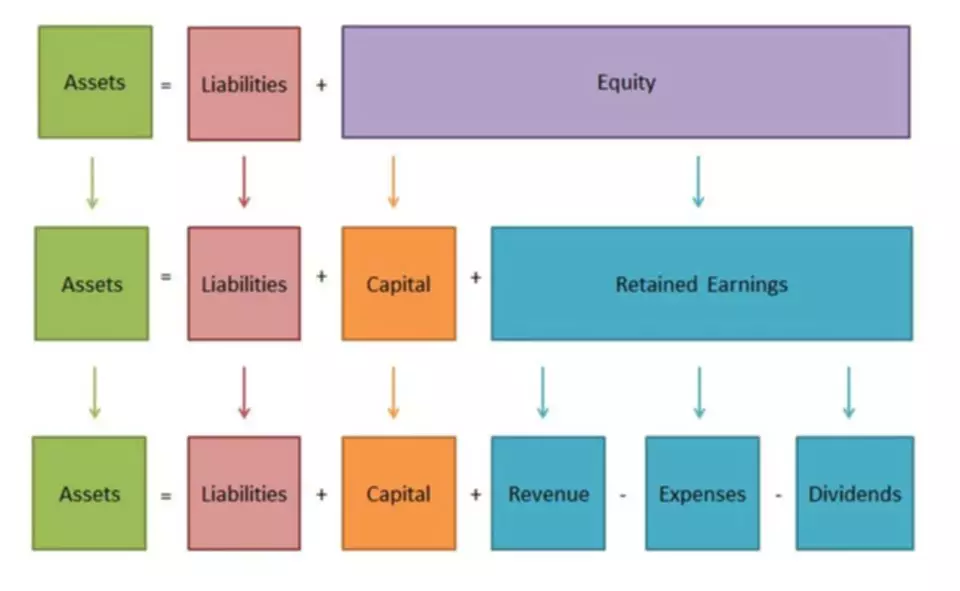Content

Typically, low contribution margins are prevalent in the labor-intensive service sector while high contribution margins are prevalent in the capital-intensive industrial sector. Yes, it’s a formula as most accounting based measures are — but it can be kept quite simple. The contribution margin is when you deduct all connected variable costs from your product’s price, contribution margin ratio formula which results in the incremental profit earned for each unit. This shows whether your company can cover variable costs with revenue. The contribution margin is the foundation for break-even analysis used in the overall cost and sales price planning for products. The contribution margin is computed as the selling price per unit, minus the variable cost per unit.
A company’s contribution margin equals its sales revenue minus its variable costs and is the amount of money available to pay its fixed expenses and contribute to profits. Once your company’s sales cover your fixed expenses, the remaining money is profit. Overall contribution margin ratio equals a company’s contribution margin divided by its sales revenue. This ratio shows the contribution margin as a percentage of each dollar of sales. A higher contribution margin ratio means each dollar of sales helps pay down fixed expenses faster, which can lead to higher profits. The contribution margin ratio is the percentage of sales revenues, service revenues, or selling price remaining after subtracting all of the variable costs and variable expenses. When you run a small business, it’s important to always know your break-even point — the amount of sales needed to pay for all of your costs in a period.
Calculating the Contribution Margin and Ratio
The break-even point in units represents the number of units you must sell to break even. The formula equals your break-even point in dollars divided by the price for which you sell each unit.
What is good break-even point?
The break-even point is the point at which total cost and total revenue are equal, meaning there is no loss or gain for your small business. In other words, you've reached the level of production at which the costs of production equals the revenues for a product.
Hearst Newspapers participates in various affiliate marketing programs, which means we may get paid commissions on editorially chosen products purchased through our links to retailer sites. As a small business owner or manager, you need to speak the language of your ind… Contribution margin ratio is one of the most important business termsevery manager needs to know but few actually do. Instead, they leave this number to their accountants and bookkeepers. In doing so, they lose sight of a valuable piece of their business. Harold Averkamp has worked as a university accounting instructor, accountant, and consultant for more than 25 years.
Sales Revenue
The profit margin is simply the amount by which revenue, which the business gets from the sales it makes, exceed the costs incurred by the business, both variable and fixed. This is a very general figure and says precious little about how well a business is doing. To get more detailed insight into the profitability of a business, managers look at something called the contribution margin. Generally speaking, you want your contribution margin to be as high as possible. A high contribution margin means that you make more from your products than they cost to produce and are in a strong position to cover your fixed costs.
- The CM ratio is extremely useful and important since it shows how the contribution margin will be affected by a change in total sales.
- As your business grows, you can determine how much it will cost you to acquire a new customer.
- However, ink pen production will be impossible without the manufacturing machine which comes at a fixed cost of $10,000.
- The contribution margin formula is calculated by subtracting total variable costs from net sales revenue.
- Profit margin is the amount of revenue that remains after the direct production costs are subtracted.
Management should also use different variations of the CM formula to analyze departments and product lines on a trending basis like the following. The value that results from dividing the total variance of a data set by its degrees of freedom. Legal and other matters referred to in this article are of a general nature only and are based on Deputy’s interpretation of laws existing at the time and should not be relied on in place of professional advice.
Definition of Contribution Margin Ratio:
While a profit margin is the difference between the total sales revenue and the total costs of the business, the contribution margin is a lot more specific. It is a measure of the difference between the total sales revenue of the company and the variable costs incurred by the company. The variable costs, also known as direct costs, are the costs that are directly attributable to the production or acquisition of the goods and services created by the business. This is a special income statement that separately lists the variable costs and the fixed costs incurred by a business. It basically gives a clearer picture of how the company’s expenses are structured and what contribution is given by each unit sold by the company that in turn goes toward covering the company’s fixed costs. The variable costs of the company, as well as its contribution margin, can be compared year to year to pick out any trends and show how the profits of the company behave over time. Alternatively, contribution margins can be determined by calculating the contribution margin per unit formula and the contribution ratio.

Variable expenses can be compared year over year to establish a trend and show how profits are affected. This means that the production of grapple grommets produce enough revenue to cover the fixed costs and still leave Casey with a profit of $45,000 at the end of the year. The contribution margin ratio of a business is the total revenue of the business minus the variable costs, divided by the revenue. In order to perform this analysis, calculate the contribution margin per unit, then divide the fixed costs by this number and you will know how many units you have to sell to break even. Based on the contribution margin formula, there are two ways for a company to increase its contribution margins; They can find ways to increase revenues, or they can reduce their variable costs.
How to Calculate Contribution Margin
Using the ecommerce example again, if your company sells custom rugs for $50 and it costs you $30 to source the materials and produce the rug, your margin is $20. These are predictable costs, and that’s why we use our margin to pay fixed costs because we know how much they’re going to cost each month and how much money we’ll need to https://www.bookstime.com/ pay them and still have profit left over. It’s important to understand the contribution margin ratio formula because it helps identify changes in your margins and determine the source of the problem. Understanding the finances behind your business can help you increase your profits, cut back on expenses, and operate more smoothly.
- Both ratios are useful management tools, but reveal different information.
- For example, if the government offers unlimited electricity at a fixed monthly cost of $100, then manufacturing ten units or 10,000 units will have the same fixed cost towards electricity.
- However, it should be dropped if contribution margin is negative because the company would suffer from every unit it produces.
- As a result, your variable expenses will go down and your contribution margin ratio will go up.
- All such information is provided solely for convenience purposes only and all users thereof should be guided accordingly.
To build on the per-unit contribution margin metric, business owners can also find their contribution margin ratio. The benefit of ratios is that they take dollar amounts out of the picture, allowing you to compare product margins side by side—without taking sales volume into account. Contribution Margin is an important element of understanding the profitability of the products in your business. It also results in a contribution margin ratio of $14/$20, or 70 percent. Companies often look at the minimum price at which a product could sell to cover basic, fixed expenses of the business. Fixed expenses do not vary with an increase or decrease in production. They include building rent, property taxes, business insurance, and other costs the company pays, regardless of whether it produces any units of product for sale.
